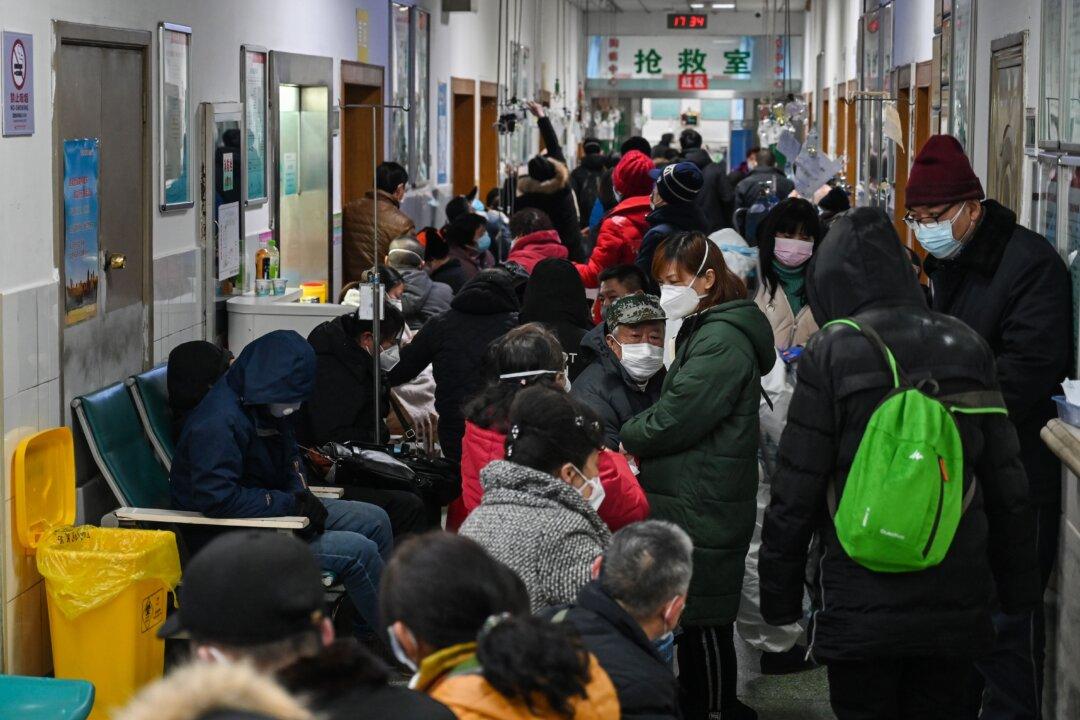Chinese media recently reported two coronavirus cases that reveal the challenges in detecting infections among patients who may not exhibit symptoms for several weeks after initial exposure to the virus.
The 2019 Novel Coronavirus (2019-nCov) first broke out in Wuhan, located in central China’s Hubei Province, in early December 2019. At least tens of thousands have been infected within China, with over 900 deaths, though experts say the true numbers are likely higher.





